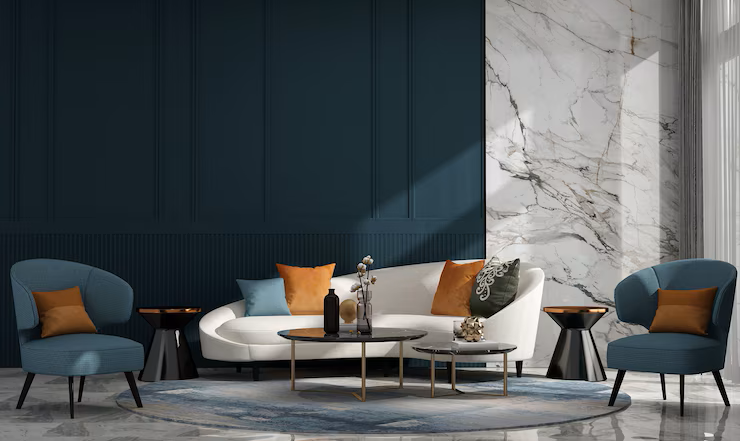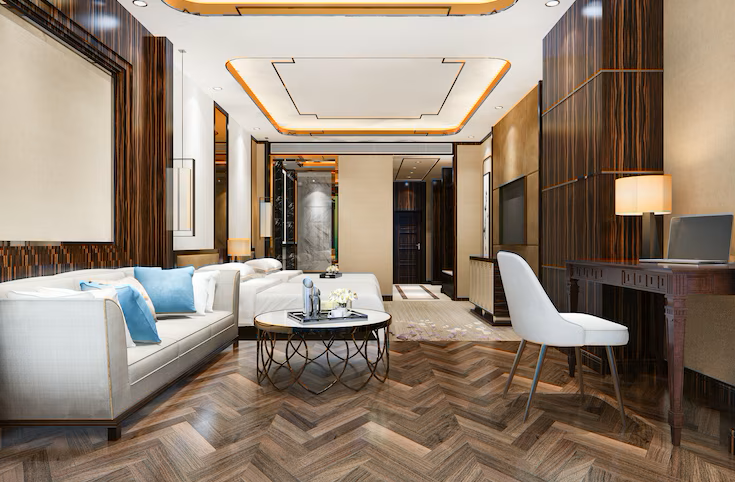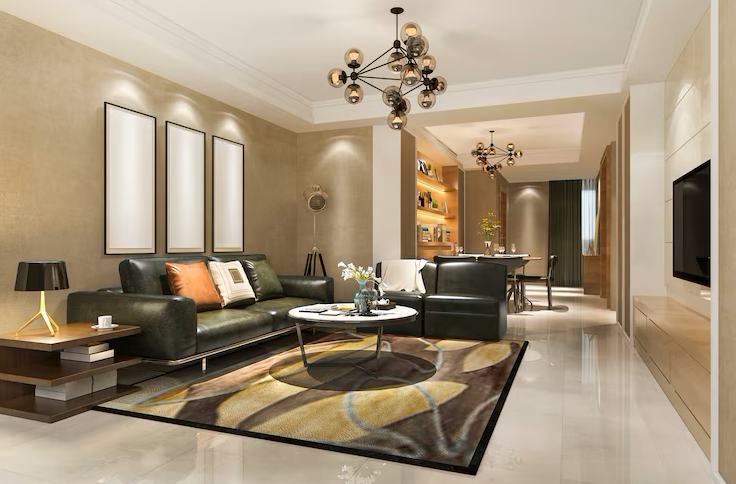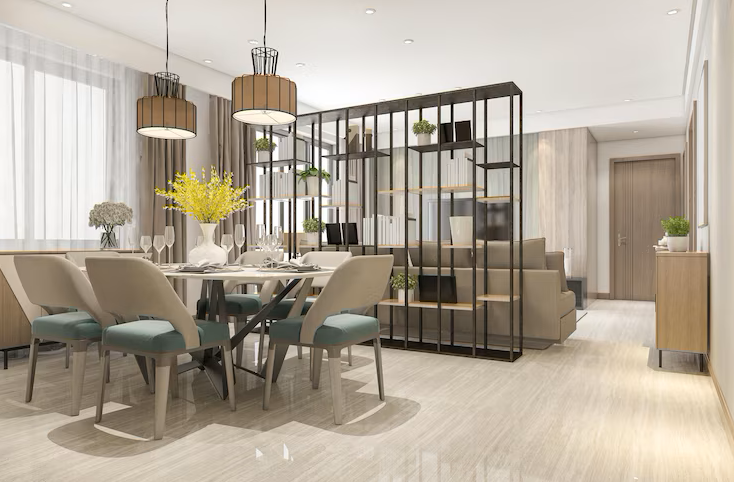Step-by-Step Guide to Choosing the Right Interior Designers in Chennai
Finding the perfect interior designer can completely transform your home or office into a space that reflects your personality, lifestyle, and aesthetic preferences. However, with so many options available, choosing the right professional can feel overwhelming. If you are in search of interior designers in Chennai, this step-by-step guide will help you make an informed decision and ensure your dream space becomes a reality.
1. Identify Your Style and Needs
Before reaching out to any interior designer, take some time to understand your personal style and project requirements. Are you looking for a modern, minimalistic, or traditional look? Do you need a designer for a full-scale renovation, a single room makeover, or office space planning? Knowing your needs and preferences will help you communicate effectively with potential designers and shortlist those whose expertise aligns with your vision.
Tips:
-
Collect images from magazines, Pinterest, or Instagram for reference.
-
Make a list of must-have features or elements for your space.
-
Determine your budget to guide your decisions.
2. Research and Shortlist Interior Designers in Chennai
Chennai is home to a diverse range of interior designers, each specializing in unique styles and project types. Begin your search by looking at online portfolios, websites, and social media profiles of designers. Recommendations from friends, family, or colleagues can also provide reliable leads.
How to Shortlist:
-
Check their previous work and portfolio for style compatibility.
-
Look for client testimonials or reviews.
-
Ensure they have experience handling projects similar in size and scope to yours.
3. Evaluate Experience and Credentials
Experience matters when it comes to interior design. A designer with extensive experience will likely have a better understanding of local suppliers, vendors, and construction norms in Chennai. Additionally, check for certifications or affiliations with professional interior design associations, which reflect credibility and professionalism.
Key Points to Consider:
-
Years of experience in the field.
-
Specialization in residential, commercial, or office interiors.
-
Knowledge of local regulations and building codes.
4. Arrange Consultations
Once you have shortlisted a few designers, schedule consultations to discuss your project. Most interior designers offer initial consultations to understand your requirements, present ideas, and discuss potential solutions. Use this opportunity to evaluate their communication skills, responsiveness, and creativity.
Questions to Ask:
-
Can you show examples of projects similar to mine?
-
What is your design process?
-
How do you handle budgets and timelines?
-
Are you involved in sourcing furniture, fixtures, and materials?
5. Assess Their Design Approach
Every interior designer has a unique design philosophy. During consultations, observe how they approach your project. Do they offer practical solutions within your budget? Do they listen to your ideas and provide innovative suggestions? A designer who aligns with your vision while adding professional expertise will ensure a successful collaboration.
Tips:
-
Look for designers who can balance aesthetics with functionality.
-
Ask how they incorporate your personal style into their designs.
-
Ensure they are transparent about costs and timelines.
6. Check References and Past Projects
A professional interior designer should be able to provide references from previous clients. Contact these clients to understand their experience regarding quality of work, punctuality, and professionalism. Additionally, visiting past project sites (if possible) can give you a better idea of the designer’s execution skills.
Important Points:
-
Verify reliability and adherence to deadlines.
-
Assess the quality of materials and workmanship.
-
Evaluate how well the designer handled challenges during the project.
7. Discuss Budget and Contract
Before finalizing, discuss your budget in detail. A good interior designer should provide a transparent breakdown of costs, including design fees, material costs, labor, and any additional expenses. Once both parties agree, make sure to have a formal contract outlining project scope, timeline, payment schedule, and terms of service.
Key Inclusions in Contract:
-
Clear project scope and design deliverables.
-
Estimated timeline and milestones.
-
Payment structure and terms.
-
Policies for changes or unforeseen circumstances.
8. Finalize Your Interior Designer
After evaluating all factors — style compatibility, experience, communication, references, and budget — you can finalize the interior designer best suited for your project. Building a good working relationship based on trust and open communication is crucial for achieving a successful outcome.





